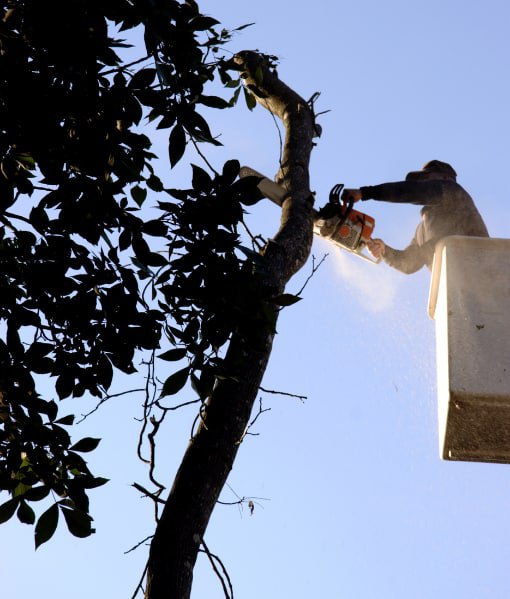
Introduction: Botanical gardens are living museums of plant diversity, offering visitors a glimpse into the rich tapestry of flora worldwide. As towering symbols of strength and beauty, trees are key features of botanical gardens, providing structure, habitat, and visual interest to these curated landscapes. However, skilled tree reshaping is often necessary to maintain the health and aesthetic appeal of these trees while showcasing biodiversity. In this blog post, we’ll explore the importance of tree reshaping in botanical gardens and how Rochester Tree Surgeons can help preserve and enhance these vibrant showcases of biodiversity.
Preserving Tree Health and Form:
Trees in botanical gardens are not just ornamental; they are living representatives of diverse ecosystems and evolutionary lineages. To maintain their health and longevity, it’s crucial to reshape trees in a way that preserves their natural form and structure while addressing any issues that may arise. Tree reshaping techniques, such as crown thinning, crown lifting, and selective pruning, can help maintain proper balance and proportion in the canopy, reducing stress on the tree and promoting healthy growth. By carefully reshaping trees, tree surgeons can ensure that these botanical treasures continue to thrive and contribute to the overall beauty and biodiversity of the garden.
Promoting Habitat Diversity:
Botanical gardens are havens for biodiversity, providing habitat for various plant and animal species. Trees support this biodiversity by providing food, shelter, and nesting sites for birds, insects, and other wildlife. However, trees with dense or overgrown canopies may limit habitat diversity by blocking sunlight and inhibiting understory growth. Tree reshaping can help promote habitat diversity by opening up canopy space, allowing more light to reach the forest floor, and encouraging the growth of understory plants. By creating diverse habitats within the garden, tree reshaping enhances biodiversity and creates a more resilient and ecologically balanced ecosystem.
Enhancing Visitor Experience:
Visitors to botanical gardens come seeking inspiration, education, and connection with nature. With their majestic presence and intricate forms, trees are often the focal points of these immersive experiences. Well-maintained and thoughtfully shaped trees enhance the visitor experience by providing striking visual elements, comfortable shaded areas, and opportunities for exploration and discovery. Tree reshaping can accentuate the natural beauty of trees, highlight unique features, and create inviting spaces for relaxation and contemplation. By enhancing the aesthetic appeal and functionality of trees in botanical gardens, tree surgeons help create memorable experiences that inspire and engage visitors of all ages.
Fostering Education and Conservation:
Botanical gardens are important educational resources for teaching visitors about plant diversity, conservation, and environmental stewardship. Trees, as keystone species in ecosystems worldwide, offer valuable lessons in ecology, biology, and sustainability. Tree reshaping can be used as a teaching tool to demonstrate the principles of tree care, biodiversity conservation, and habitat restoration. By involving visitors in tree reshaping activities such as pruning demonstrations, guided tree walks, and volunteer tree care projects, botanical gardens can foster a deeper understanding of the importance of trees in maintaining healthy ecosystems and preserving biodiversity.
Conclusion: Tree reshaping is vital to maintaining and enhancing the beauty, biodiversity, and educational value of trees in botanical gardens. By partnering with experts for expert tree reshaping services, botanical gardens can ensure their trees remain healthy, vibrant, and ecologically valuable for generations. If you’re responsible for managing a botanical garden, consider investing in tree reshaping to preserve and showcase the rich diversity of trees and plants within your collection. Together, we can continue to inspire, educate, and connect visitors with the wonders of the natural world.
Call us on: 01634 557398
Click here to find out more about Rochester Tree Surgeons
Click here to complete our contact form and see how we can help with your tree’s needs.